Impact Load: Why Does it Matter?
By Gus Strats – Summit Anchor Company, Inc. February 18th, 2022
Edited by – Keisha Winston
Knowing why the impact load matters could save lives.
Impact load matters because if a worker falls while working at height, the anchorage must withstand the forces generated to arrest the worker’s fall. A few factors that determine the impact forces generated on the anchorage when arresting a fall include:
- The distance of the worker’s fall
- The weight of the worker
- The properties of the worker’s shock absorbing lanyard or deceleration device – or lack thereof

Summit Anchor’s trademarked anchors withstand 10,000 lb. — twice what OSHA Requires!
Over 20 years ago, Summit Anchor developed its trademark Forged Anchorage Eye for the fall protection industry.
Not only does our anchorage withstand the OSHA required 5,000 pound static load, but guess what happened when we put our anchorage to a 10,000 pound static load test? There was no visible deformation of our forged, quenched and tempered eye!
We used the Maryland-based Home Innovation Research Test Lab, associated with the National Association of Home Builders, to perform the impact load test. The lab agreed to use its 300 pound weight (used to test the durability of bathtubs) as a drop test weight with 6 feet of cable attached to the Summit anchorage and a U-bar style anchorage. *See footnote for more information on the use of a 300 lbs. test weight.
While there was some deformation to the anchorage tube and the stainless steel U-bar, there was no visible deformation to Summit Anchor’s forged anchor eye!
(See what surprising things happened when we subjected various anchorages to impact loads in the video and test lab reports below.)
Summit Anchor’s trademarked anchors withstand impact load!
The load test proves that Summit Anchor’s forged anchor eye is more than compliant with OSHA’s 5,000 pound load requirement. We got to see how our anchor handled an impact load, which has real-world implications during a fall arrest event.
We didn’t have to drop test our anchors to meet OSHA requirements — but we’re glad we did it anyway! Summit Anchor stands behind its anchor eye knowing that it holds up to the rigorous demands of the fall protection industry – thus savings lives.
* According to ANSI Z359. 2013, when using a drop test weight, “A conversion factor 1:1 is being used when comparing the rigid test weight to the human body.” Thus, using a 300 pound test weight with a ratio of 1.1:1 (300 lbs. x 1.1 = 330 lbs.). Dropping the 300 pound weight with six feet of steel cable would be the equivalent to a fall arrest impact load generated by a 6 foot free fall with a 330 pound worker (including tools) without a shock absorbing lanyard or deceleration device. (Note: (1) OSHA and ANSI assume a standard worker weight of 310 pounds for designing standard fall arrest systems, and (2) OSHA limits the maximum arresting force on the employee to 1,800 pounds.)
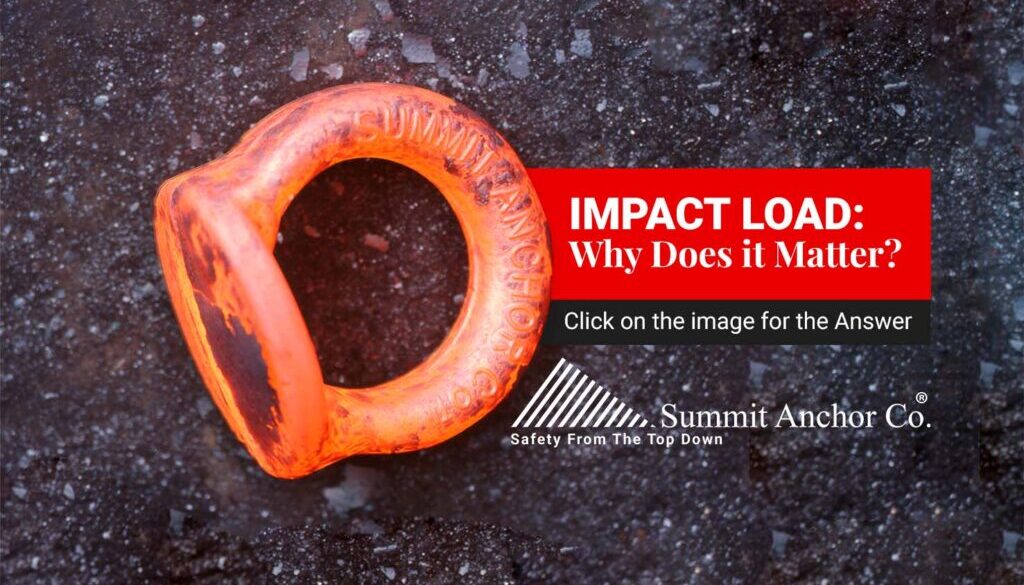
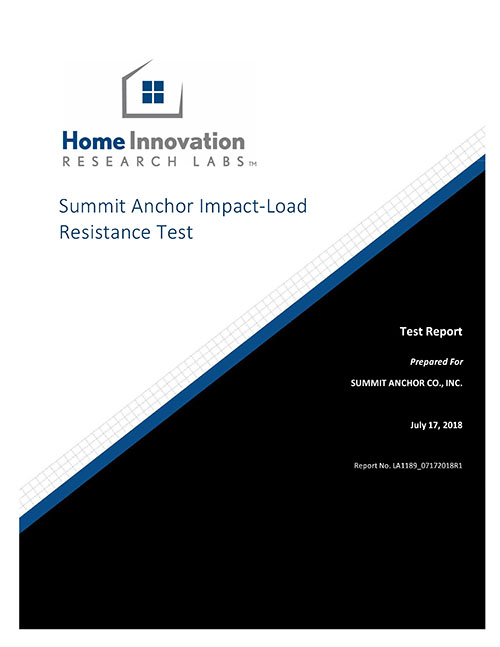
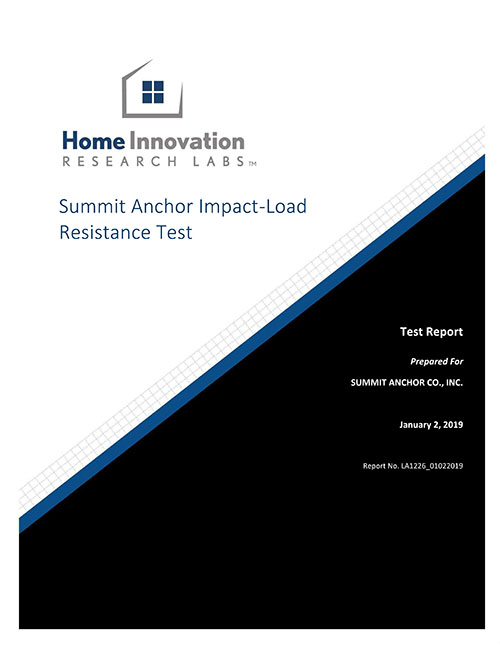
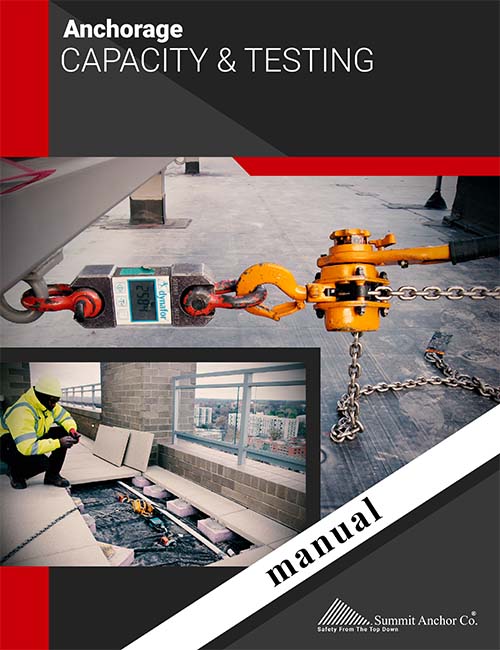
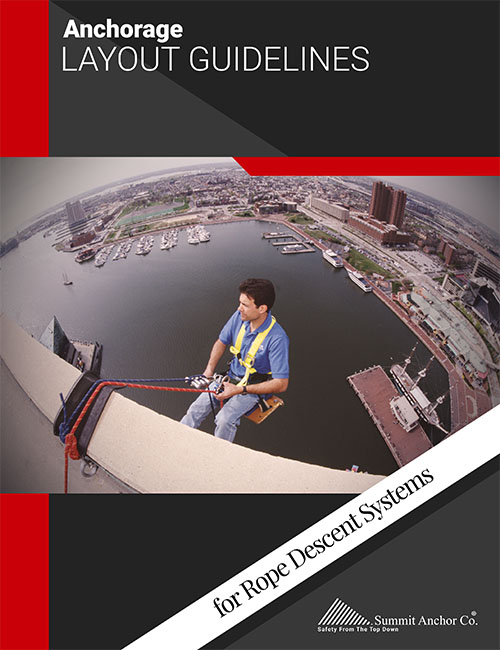


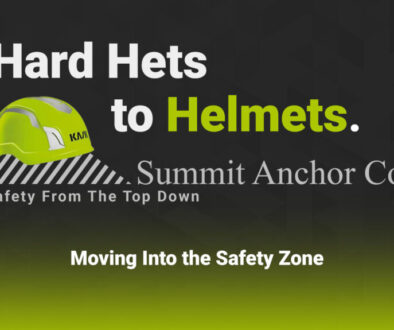

February 22, 2022 @ 4:45 pm
Nice work here Gus. We do the same testing and have learned alot over the years with that. Bob Z
February 28, 2022 @ 3:41 pm
Do you know if there is a rig available so when you repel over the roof down to the first deck you can attach a light aluminum work positioning adapted railing protector that can be placed easily over it so as not to to put pressure causing stress to the glass enclosed underneath the railings ? .
There after, with the mechanical fastener secured can repel all the way down the building.
It would have a special release mechanism that would be utilized from the roof if need be to bring this rig back up carefully.
If you have something already designed because not always able to run ropes for bosun chair work we would appreciate a PDF to fabricate or buy one from you.
Thanks in advance,
Barry
March 3, 2022 @ 7:47 pm
Thank you for your question.
Your request has been forwarded to Summit sales department.